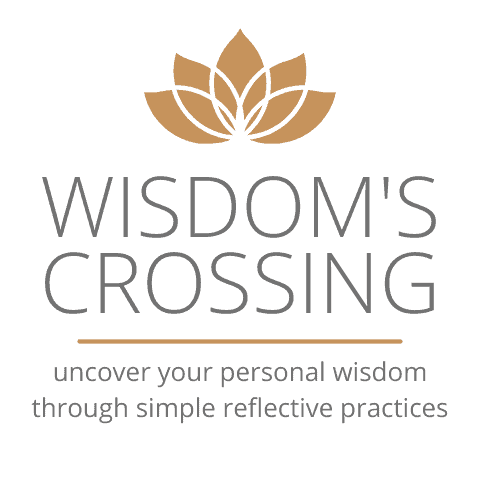There is a lot of confusion surrounding the words “Japa” and “mantra.” Some people use them interchangeably, while others believe that they have different meanings. In this article, I will explore the difference between Japa and mantra meditation, and help you decide which type of meditation is right for you!
Japa meditation is more focused on mindfulness, while mantra meditation is more focused on concentration. If you’re looking to become more present in your life, Japa meditation is a great choice. If you’re looking for a way to relax and de-stress, mantra meditation might be right for you. Experiment with both types of meditation and see what works best!
Japa meditation is a type of mindfulness meditation. The goal of Japa meditation is to focus on the breath and become more aware of the present moment. To do this, you will need to count each inhale and exhale. You can also use a mantra or affirmation to help keep your mind focused on the present moment.
Mantra meditation is a type of concentration meditation. The goal of mantra meditation is to focus on a specific word or phrase and repeat it over and over again. This helps to still the mind and bring about a state of deep relaxation. Mantra meditation can be done with or without the use of beads.
What Is Japa Meditation?
Japa meditation is a form of mantra meditation. Mantra meditation is a practice that involves repeating a mantra, sacred word, or phrase, either out loud or silently in the mind. Japa meditation specifically refers to the repetition of the mantra on a set of beads called a mala.

Mantras are often associated with certain religious traditions, such as Hinduism and Buddhism. However, you don’t need to be religious to benefit from mantra meditation. People of all faiths and backgrounds can use this type of meditation to promote peace and well-being.
How to Do Japa Meditation
To do Japa meditation;
- Find a comfortable place to sit with your back straight.
- Rest your hands in your lap with your palms up.
- Close your eyes and take a few deep breaths.
- Begin repeating your chosen mantra out loud, slowly at first.
- As you become more comfortable with the practice, you can increase the speed of repetition. Continue for as long as you like.
- When you’re finished, sit for a minute or two with your eyes closed and let the peaceful energy of the meditation wash over you.
- Then gently open your eyes and return to your day.
Japa meditation is a simple but powerful practice that can help calm and focus the mind. If you’re new to meditation, Japa is a great place to start. Give it a try today!
What Is Mantra Meditation?
Mantra meditation is an ancient practice that involves repeating a sacred word or phrase. The repetition can be done out loud or silently in the mind.
Mantras are often associated with certain religious traditions, such as Hinduism and Buddhism. However, you don’t need to be religious to benefit from mantra meditation. People of all faiths and backgrounds can use this type of meditation to promote peace and well-being.
How to Do Mantra Meditation
To do mantra meditation;
- Find a comfortable place to sit with your back straight.
- Rest your hands in your lap with your palms up.
- Close your eyes and take a few deep breaths.
- Begin repeating your chosen mantra out loud, slowly at first.
- As you become more comfortable with the practice, you can increase the speed of repetition.
- Continue for as long as you like.
- When you’re finished, sit for a minute or two with your eyes closed and let the peaceful energy of the meditation wash over you.
- Then gently open your eyes and return to your day.
Mantra meditation is a simple but powerful practice that can help calm and focus the mind. If you’re new to meditation, the mantra is a great place to start. Give it a try today!
Similarities Between Japa And Mantra Meditation
- Japa and mantra meditation both involve the repetition of a certain sound or phrase. This can be done either out loud or silently in your mind. The main difference between the two is that Japa is usually associated with Hinduism and Buddhism, while mantra meditation can be practiced by people of any religion.
- Both Japa and mantra meditation can be used as a tool for self-reflection and contemplation.
- They can help to still the mind and create a sense of inner peace.
- In addition, they are both excellent ways to relax and de-stress.
- If you’re looking for a simple way to meditate, either one of these methods could be a good option for you.
The Difference Between Japa And Mantra Meditation
So, what is the difference between Japa and mantra meditation? Both methods can be used as a tool for self-reflection and contemplation and can help to create a sense of inner peace. If you’re looking for a simple way to meditate, either one of these methods could be a good option for you.

While they share some similarities, the main difference is that:
- Japa is usually associated with Hinduism and Buddhism while mantra meditation can be practiced by people of any religion.
- Japa meditation is a specific form of mantra meditation that involves repeating the mantra on a set of beads called a mala. Mantra meditation is an ancient practice that involves repeating a sacred word or phrase. The repetition can be done out loud or silently in the mind.
- Mantras are often associated with certain religious traditions, such as Hinduism and Buddhism. However, you don’t need to be religious to benefit from mantra meditation. People of all faiths and backgrounds can use this type of meditation to promote peace and well-being.
Final Thoughts
So, what is the difference between Japa and mantra meditation? In short, Japa is a form of meditation that involves repeating a certain word or phrase, while mantra meditation involves chanting a specific sound. Both can be effective ways to calm the mind and focus on the present moment. Ultimately, it is up to each individual to decide which type of meditation works best for them. Try out both and see what works best for you!
Related Articles:

